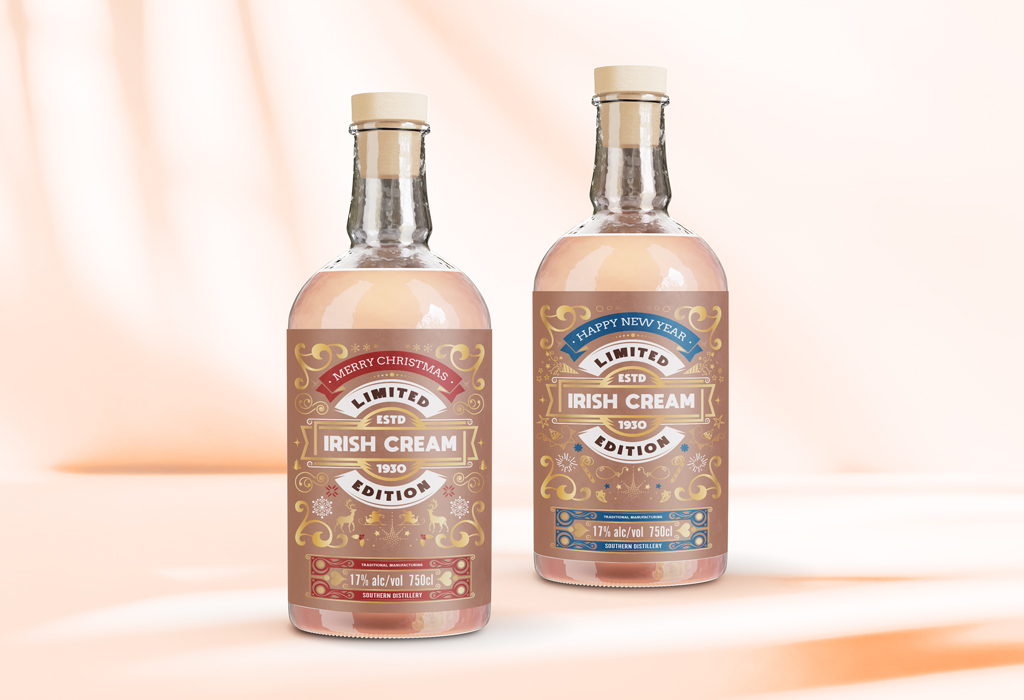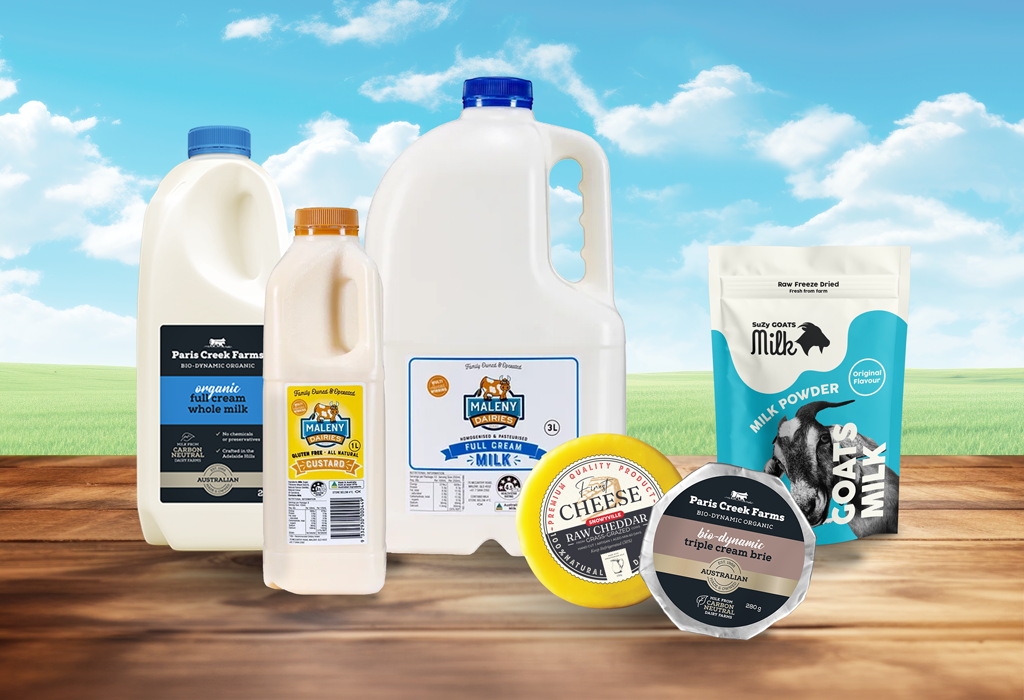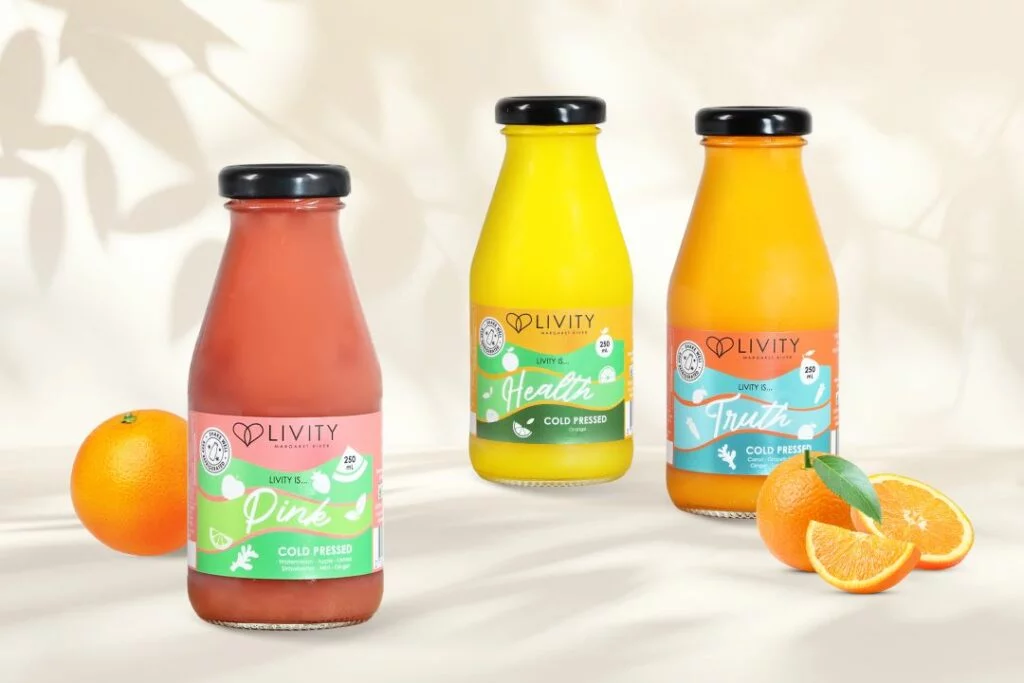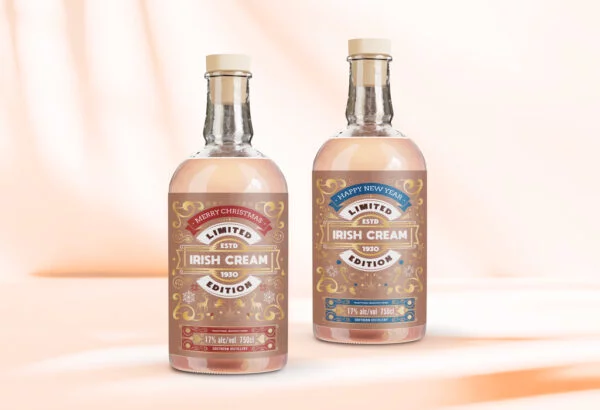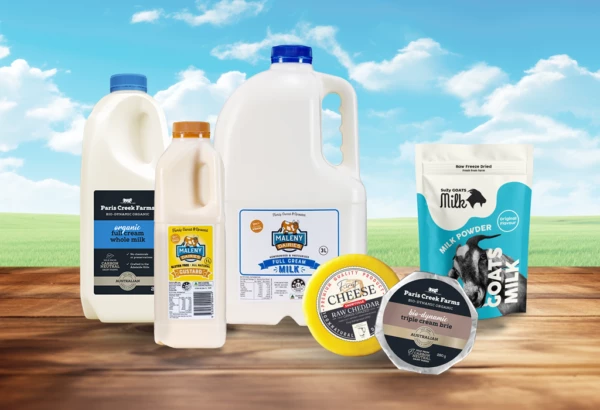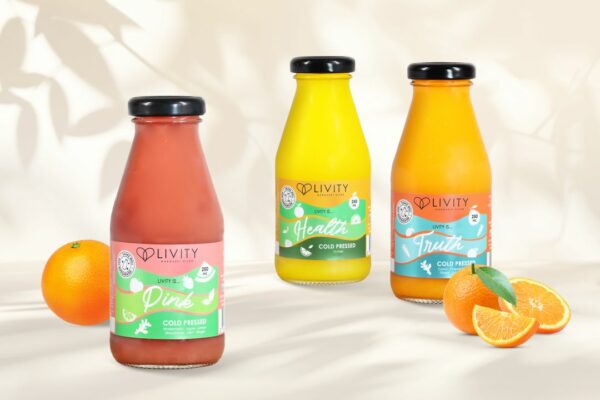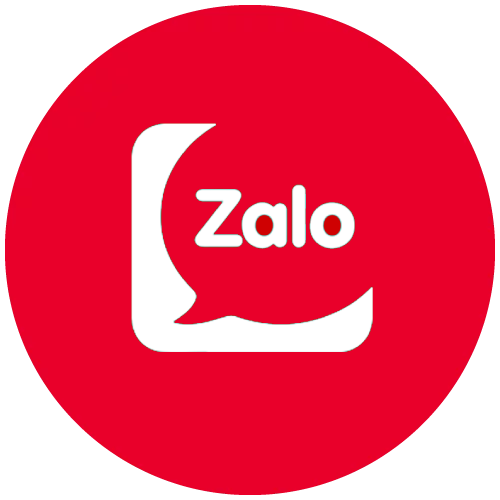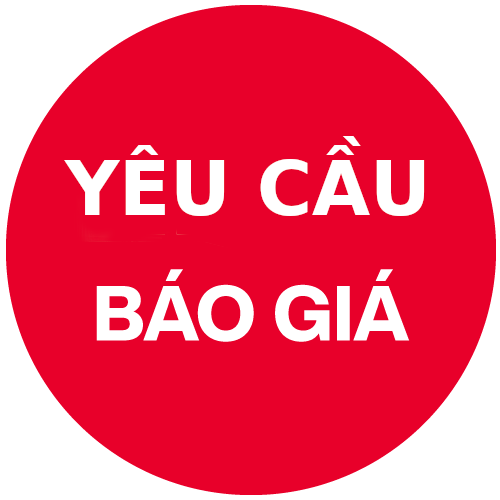Food labels are a link of communication between the consumer and the manufacturer. They hold the key to understanding what’s inside that package and whether it suits the consumer’s dietary needs.
So, why are they essential?
- Informed Decisions: Proper labelling helps manufacturers design products that align with health goals, such as reducing sugar or managing allergies.
- Consumer Trust: Accurate and transparent labels gain credibility in consumer perception.
- Legal Compliance: Manufacturers must adhere to strict regulations for food labels, ensuring safety and preventing misleading information.
That’s why it is important to understand the right food labels’ requirements, as they help manufacturers meet consumer needs effectively while staying compliant with industry standards.
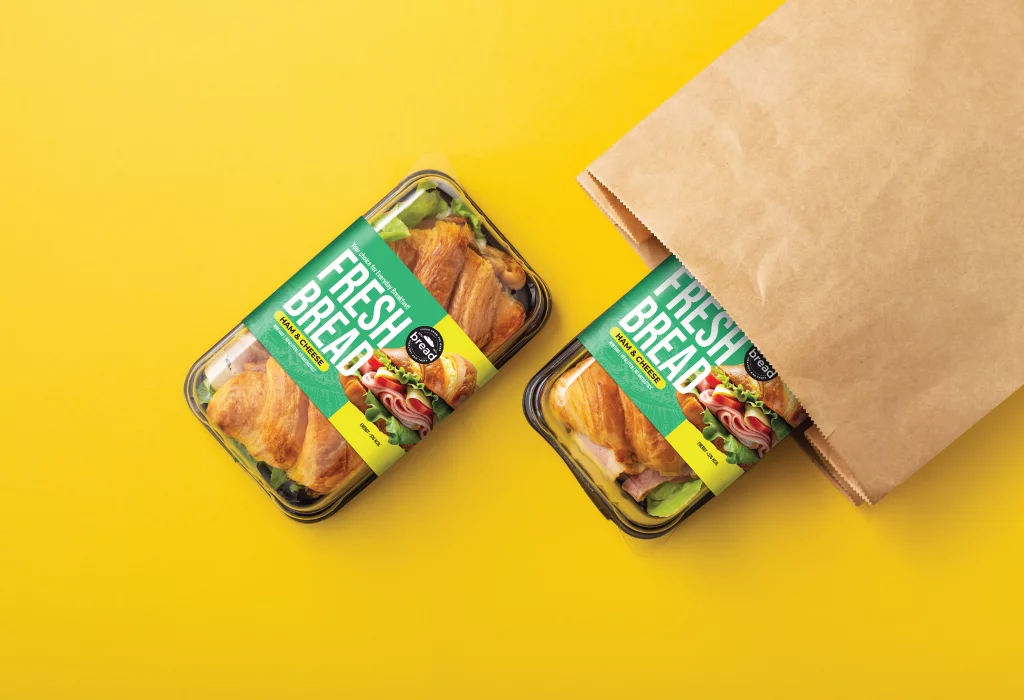
I. Essential Food Label Requirements for Manufacturers
1. Product Name: This information identifies the contents of the package, so it should be truthful, specific and easily understood by consumers.
2. Nutritional Fact Panel: Nutritional facts label provides standardised information about a food’s nutrient content, including:
- Calories
- Fat
- Carbohydrates
- Protein
- Sodium
- Other vital nutrients
The panel allows consumers to compare products and make informed dietary decisions.
3. Ingredients: Listed in descending order by weight, this section details all the ingredients. Highlighting allergens in bold or with a different font ensures clear communication for allergy-conscious consumers.
4. Expiration Date/ ‘Best Before’ Date/ ‘Use By’ Date: This critical information indicates the recommended timeframe for consuming the food at its peak quality and safety.
- Expiration Date: Indicates the date after which the product shouldn’t be consumed due to potential safety risks.
- ‘Best Before’ Date: Suggests the optimal quality and taste timeframe, but the product may still be safe for consumption after this date.
- ‘Use By’ Date: Indicates the last recommended date for product consumption for optimal quality and safety.
5. Allergens: Manufacturers must declare the presence in the ingredients of any of the eight major allergens:
- Milk
- Eggs
- Peanuts
- Tree nuts
- Soy
- Wheat
- Fish
- Shellfish
They often have a separate “Contains” statement to emphasise potential allergens further.
6. Country of Origin: This informs consumers about the country where the primary ingredients or the final product originated or processed. Understanding the origin can help consumers make informed choices based on geographic preferences or ethical considerations.
7. Percentage Daily Intake (PDI): Displayed within the Nutritional Fact Panel, PDI values indicate the amount of a particular nutrient of a serving size that contributes to an adult’s recommended daily intake. PDI allows consumers to gauge how much they can eat to fit within their overall diet.
8. Health Claims & Certification: Any health claims about the product, such as “low-fat” or “gluten-free,” must be substantiated by scientific evidence and comply with relevant regulations. Third-party certifications for organic, fair trade, or other ethical practices can also be displayed on the label.
9. Health Star Rating System: This voluntary system as part of food labels, assigns a star rating (from 1/2 star to 5 stars) based on the overall nutritional content of the food. Higher star ratings generally indicate a healthier choice.
10. The Lot Number: This unique food label identifier helps manufacturers trace specific batches in case of recalls or quality control issues.
11. Manufacturer’s Information and Contact Details: This includes the manufacturer’s name, address, and often a customer service contact for inquiries or complaints.
12. Instructions to Use (if necessary): Clear and concise instructions for proper storage, preparation, and cooking methods ensure that it is consumed safely and enjoyed optimally.
*Remember: This is not an exhaustive list, and specific regulations may vary by country or region. Always consult with the relevant food safety authorities in your market to ensure complete compliance.
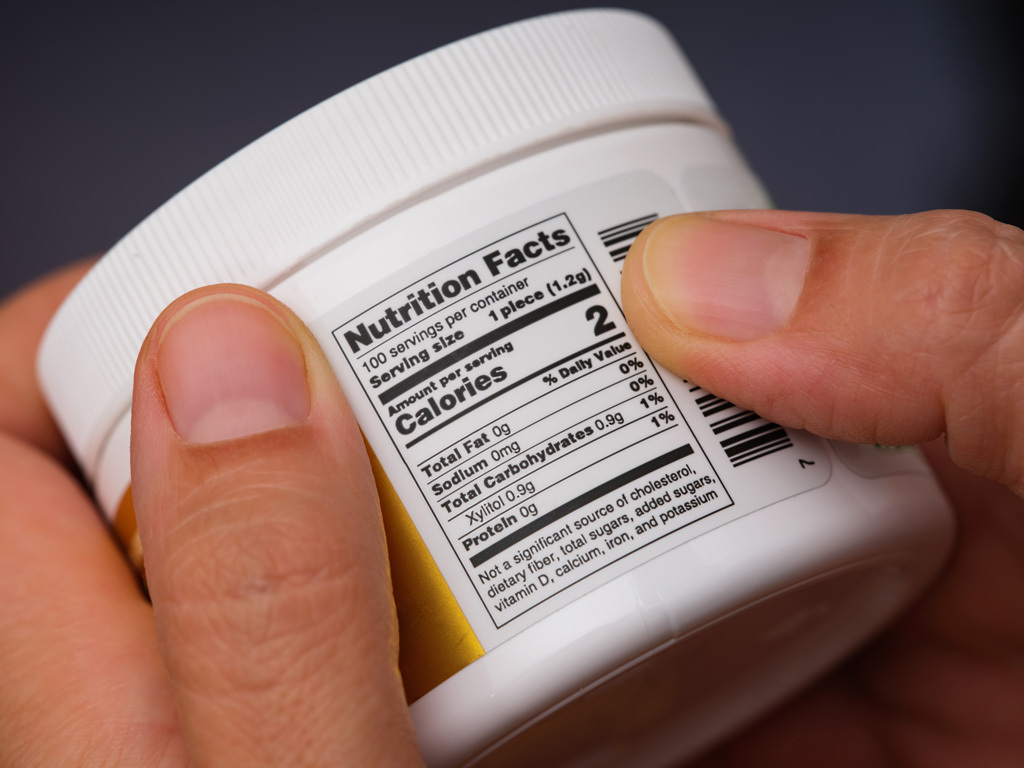
II. Food Label Solutions by QLM Group
QLM Label Makers Group understands the essential nature of transparent and compliant food labels for your business’s success.
We offer a comprehensive range of labelling solutions specifically designed for the Food & Dairy industries, including:
- Coffee & Tea: Durable and moisture-resistant labels that withstand high-volume production demands and maintain brand appeal.
- Confectionery, Nuts & Snacks: Eye-catching and informative labels that entice consumers while ensuring clear allergen declarations.
- Bakery & Baking Products: Heat-resistant labels adhere to various surfaces and product containers
- Honey, Oils, Sauces & Condiments: Tamper-evident labels for enhanced security and shelf appeal.
- Ready to Eat Meals: Food labels with clear instructions to guide consumers for safe and proper preparation.
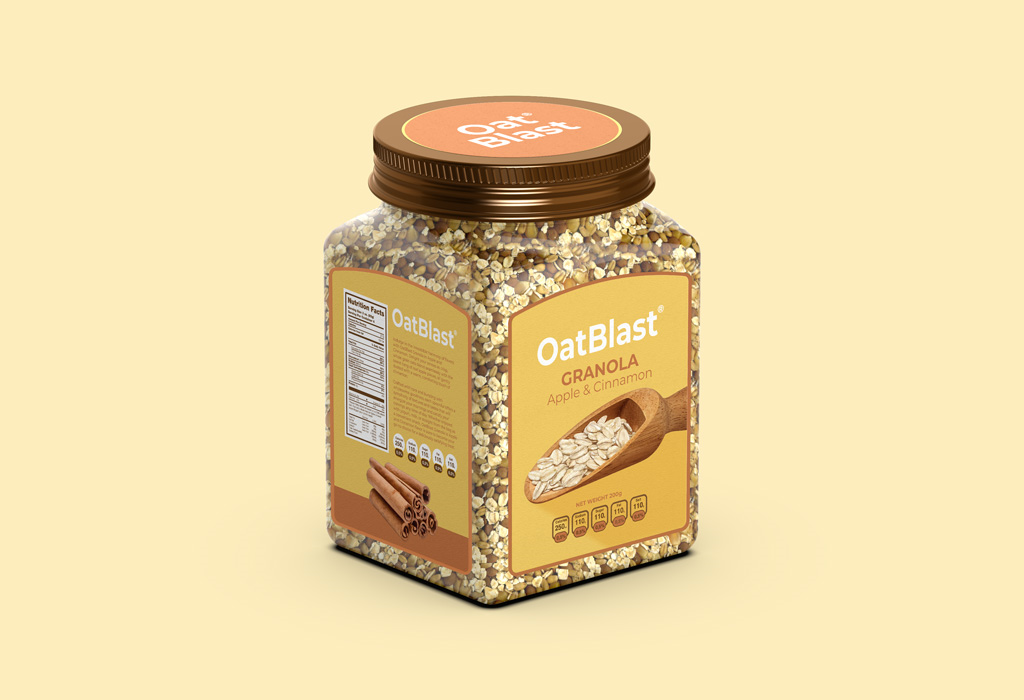
With QLM’s expertise in food-grade materials, printing technologies, and regulatory compliance, we can help!






